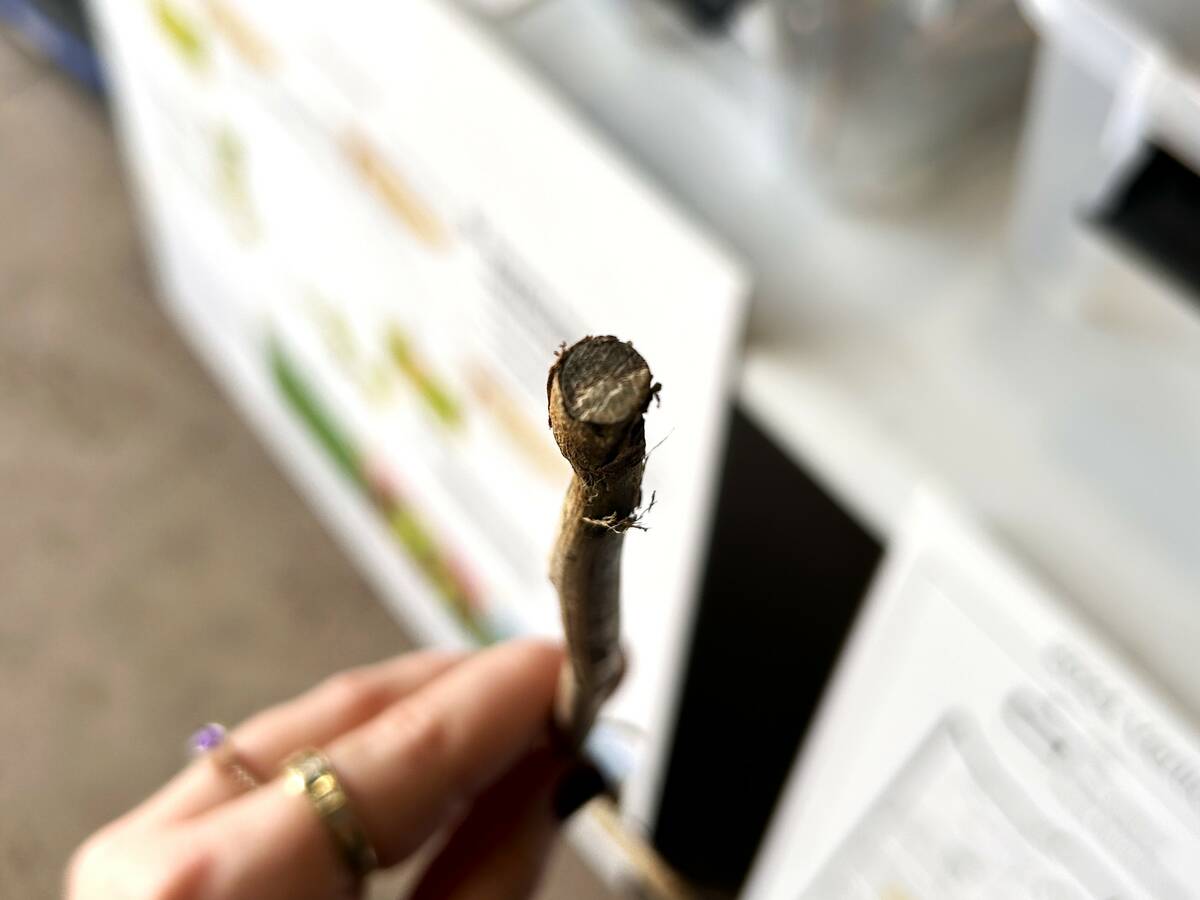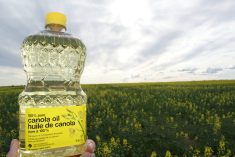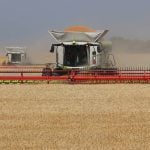Canola fields can be recognized simply by the seas of bright, day-glow yellow flowers atop green stalks before they are combined in late summer and early fall.
But since Labour Day, ICE Futures canola has taken on a reddish hue.
After trading rangebound during the final week of August, canola returned from the long weekend in a downslide. The November contract lost roughly $30 per tonne in the days following the long weekend, closing Sept. 7 below its 50-day moving average for the first time since June.
Read Also

Manitoba canola embattled by verticillium
Verticillium stripe pressure has been growing in Manitoba, and canola farmers still have precious few tools to protect their crop from the disease.
While the psychological $780/tonne level could act as support, indicators suggest canola has plenty of opportunities to move lower.
When fall comes, harvest pressure is pretty much a given and the canola harvest is well underway. Saskatchewan had combined 23 per cent of its canola crop as of Sept. 4, while Manitoba was 14 per cent complete as of Sept. 5.
With September on the Prairies expected to be warmer and drier than normal, harvest should be quick, but as it progresses, canola prices should continue to drop.
Despite drought conditions across most of the Prairies, a repeat of 2021 isn’t in the cards.
In its grain stocks report released Sept. 8, Statistics Canada indicated a 13.7 per cent rise in canola ending stocks from the year before, at 1.506 million tonnes. ABARES projected 5.2 million tonnes for Australia’s winter canola crop, the third-largest in history. The European Union projected 19.1 million tonnes of production for 2023, nearly two million more than the five-year average.
Growers have been reluctant to sell at harvest, but if there’s a reason to believe canola will get off the slide, it’s the condition of the canola crop, as well as that of soybeans in the United States.
The same hot, dry weather that damaged other crops in parts of Saskatchewan and Alberta may have done the same to canola. Soyoil and soybeans fell below their 50-day moving averages over the past week, but conditions for the latter have deteriorated over the past month and the U.S. Department of Agriculture’s next monthly supply/demand estimates on Sept. 12 will show how much the heat may cut production.
Price jumps in the Chicago soy complex, as well as those for crude oil due to supply cuts, could give canola some support.
Canola prices seem set to take a step back for a little while. When they will resume the climb higher is anyone’s guess.
















